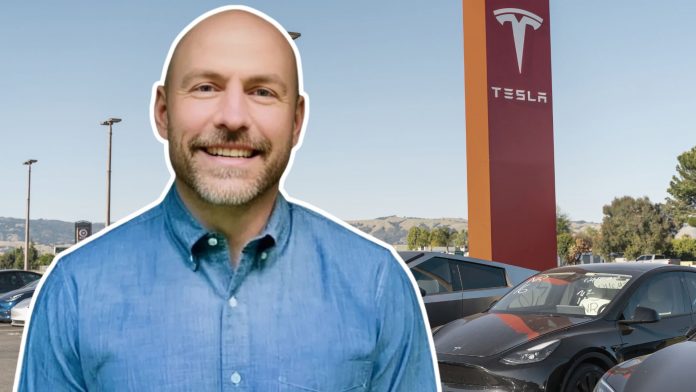According to sources, Troy Jones, Tesla’s Vice President of Sales, Service, and Delivery for North America, has left the company after 15 years of service. His departure marks the latest in a series of high-level executive exits as Tesla navigates slowing demand, growing competition, and increasing scrutiny of its leadership structure.
Jones’s exit follows the June departures of Omead Afshar, who briefly led Tesla’s sales and manufacturing across North America and Europe, and Jenna Ferrua, Tesla’s North American HR director. Earlier in the year, Milan Kovac, a vice president of engineering overseeing Tesla’s Optimus humanoid robot, also left. These moves underscore the broader instability within Tesla’s leadership at a time when its sales volumes and margins are under pressure.
Tesla has responded to market challenges with a stream of product updates and pricing changes. In recent months, the automaker introduced a refreshed Model Y, a lower-cost Cybertruck variant, and updated versions of the Model S and Model X. Despite these efforts, the automaker faces heightened competition in the EV space and concerns about its image tied to CEO Elon Musk’s increasing political activity.
To counter market anxiety, Tesla has continued to emphasize its long-term strategy focused on autonomous driving and robotics. On June 22, the company launched a limited rollout of its robotaxi service in Austin using autonomous Model Ys and a new ride-hailing app, with select users participating in early tests.
Here’s why it matters:
Dealers should closely monitor Tesla’s leadership changes and product strategy, as the automaker’s shift toward direct sales, autonomy, and robotics could influence long-term customer expectations and reshape the broader automotive retail competitive landscape.
Key takeaways:
- Leadership shakeup
Tesla’s top North American sales executive, Troy Jones, has left the company, marking another high-level departure amid ongoing company-wide turnover.
- Strategic instability
Multiple key leaders, including those overseeing manufacturing, HR, and AI, have left in recent months, potentially signaling internal friction or strategic redirection.
- Product refresh efforts
Tesla introduced new versions of its Model Y, Cybertruck, Model S, and Model X to rekindle buyer interest and boost sales in a crowded EV market.
- Robotaxi launch begins
Tesla quietly began its robotaxi service in Austin, offering limited autonomous rides through a new app, a step toward Musk’s broader AI-driven goals.
- EV market implications
As Tesla experiments with autonomy and AI, traditional dealers must evaluate how evolving consumer expectations and product offerings may impact franchise models and showroom competition.




